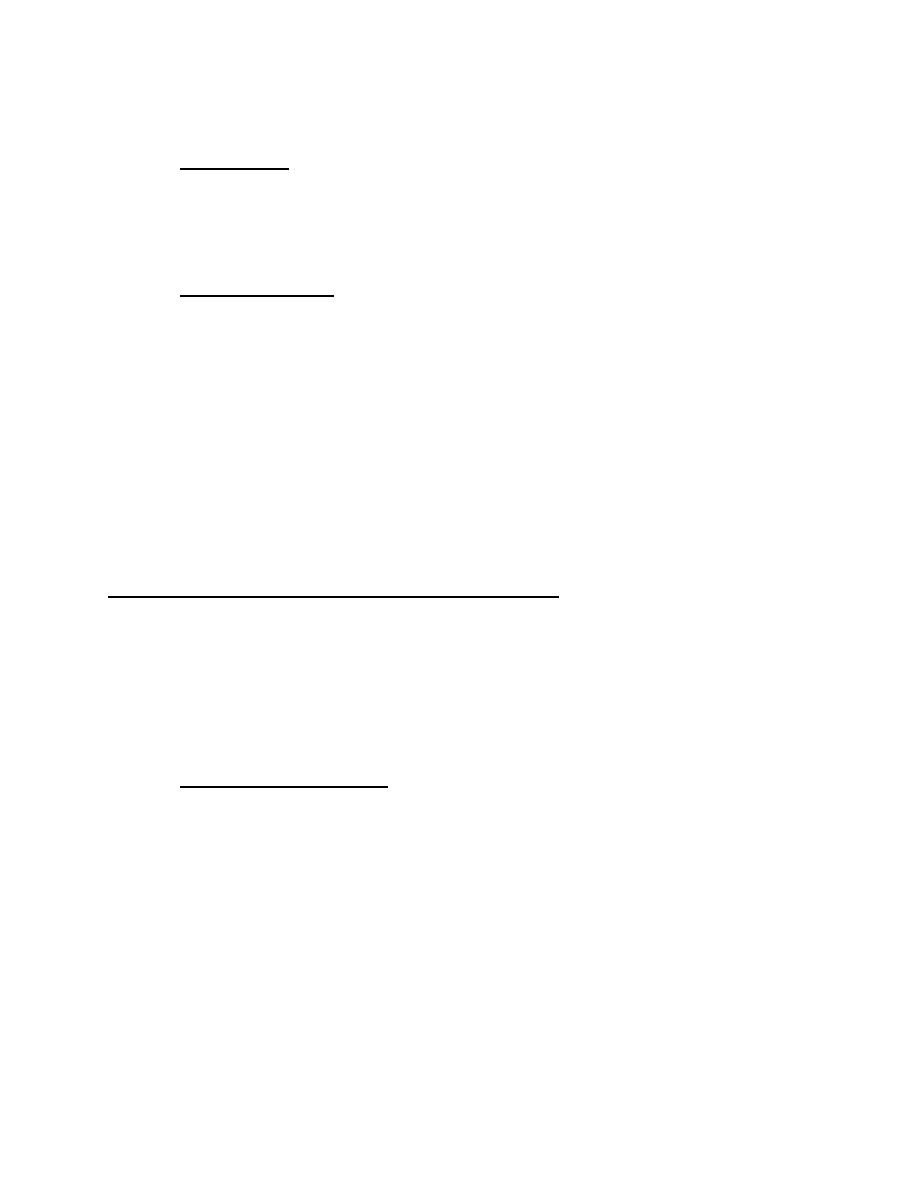
2. DRAINAGE BLANKET.
Figure 5 shows typical filter and drainage blanket
installations.
a. Permeability. Figure 6 (Reference 5, Subsurface Drainage of
Highways, by Barber) gives typical coefficients of permeability for clean,
coarse-grained drainage material and the effect of various percentages of
fines on permeability. Mixtures of about equal parts gravel with medium to
coarse sand have a permeability of approximately 1 fpm. Single sized, clean
gravel has a permeability exceeding 50 fpm. For approximate relationship of
permeability versus effective grain size D+10,, see Figure 1, Chapter 3.
b. Drainage Capacity. Estimate the quantity of water which can be
transmitted by a drainage blanket as follows:
q = k [multiplied by] i [multiplied by] A
quantity of flow, ft.3-/sec
where
q=
k=
permeability coefficient, ft/sec
i=
average gradient in flow direction, ft/ft
cross sectional area of blanket, ft.2-
A=
The gradient is limited by uplift pressures that may be tolerated at
the point farthest from the outlet of the drainage blanket. Increase
gradients and flow capacity of the blanket by providing closer spacing of
drain pipes within the blanket.
(1) Pressure Relief. See bottom panel of Figure 7 (Reference 6,
Seepage Requirements of Filters and Pervious Bases, by Cedergren) for
combinations of drain pipe spacing, drainage course thickness, and
permeability required for control of flow upward from an underlying aquifer
under an average vertical gradient of 0.4.
(2) Rate of Drainage. See the top panel of Figure 7 (Reference 5)
for time rate of drainage of water from a saturated base course beneath a
pavement. Effective porosity is the volume of drainable water in a unit
volume of soil. It ranges from 25 percent for a uniform material such as
medium to coarse sand, to 15 percent for a broadly graded sand-gravel
mixture.
c. Drainage Blanket Design.
The following guidelines should be
followed:
(1) Gradation.
Design in accordance with Figure 4.
(2) Thickness. Beneath, structures require a minimum of 12 inches
for each layer with a minimum thickness of 24 inches overall. If placed on
wet, yielding, uneven excavation surface and subject to construction
operation and traffic, minimum thickness shall be 36 inches overall.
7.1-275



 Previous Page
Previous Page
